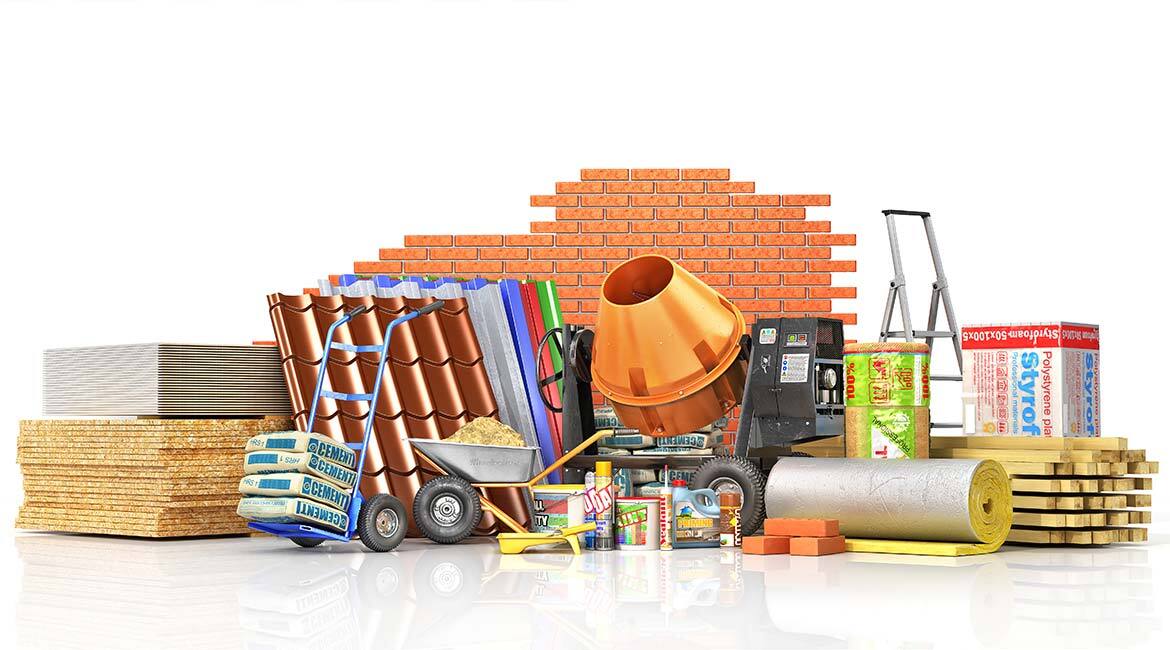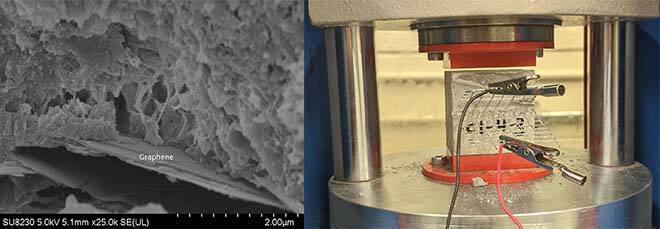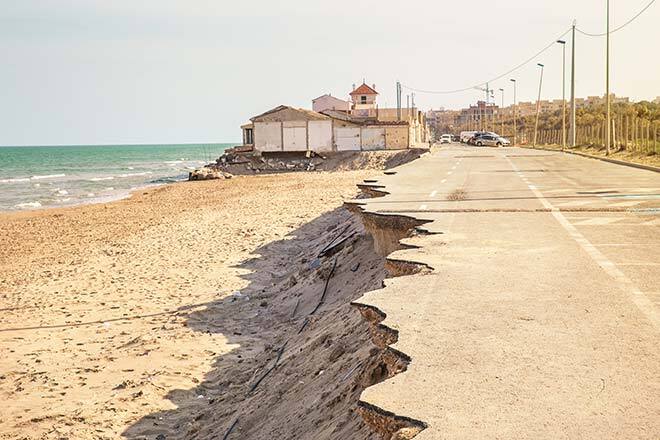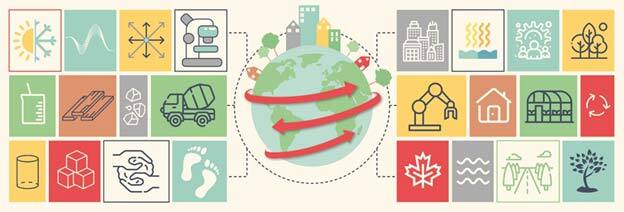Construction Materials Integrated into the Circular Economy

Purchased from Istockphoto.com. Copyright.
The construction industry is a large consumer of materials and raw materials, all while generating a significant amount of waste and greenhouse gases. Virgin resources dedicated to this sector comprise more than a third (38.8%) of all resources extracted from our planet. As global urbanization is ramping up year after year, the amount of raw material consumed by this sector is increasing at a rapid pace. Major changes to the foundations of our economy are now necessary.
The highly qualified personnel of the Canada Research Chair in Sustainable Multifunctional Construction Materials will integrate the concept of global limitations into their research. One aspect of their vision is to establish a framework to plan for the circularity and regeneration of materials right from the design phase. This would greatly decrease both the amount of end-of-life materials released into the environment and the quantity of primary resources extracted. CERIEC’s Construction lab is also looking into implementing initiatives to increase the circularity of materials. Another strategy is to design and manufacture multifunctional, environmentally friendly building materials. Below are some approaches being considered.
Sustainable Materials Designed with Artificial Intelligence
Using a database, the Chair researchers trained an artificial intelligence algorithm to guide them through the many components that can be found in some materials, such as mortars, concretes and geopolymers. Geopolymers are similar to concrete, but do not contain cement and have a reduced carbon footprint. The algorithms identify the best mix proportions to obtain good mechanical properties and for robotized construction. The starting mixtures are optimized for integration into digital construction. The durability of these materials is then evaluated and an environmental function estimates their impact on the environment. Robotization should allow for the optimization of raw materials in structural construction.

Sensing Materials that Evaluate Structures
Adding certain components like graphene to materials increases their electrical conductivity. A better understanding of the electrical phenomena in concrete and geopolymers also makes it possible to meet other needs and to design new solutions. The links between mechanical properties and electrical conductivity can be used as a non-destructive monitoring method to follow the evolution of structures and act before it is too late.

Example of cementitious materials with graphene oxide to enhance the conductivity (left), experimental setup to measure the conductivity of concrete (right).
Materials Adapted to Climate Change
As Bill Gates reminded us in his new book on climate change, manufacturing construction materials constitutes one of the primary sources of greenhouse gas (GHG) production. Many efforts are being made in Quebec to limit non-renewable energy sources and we are fortunate to be powered by hydroelectric energy. As the climate changes, the conditions under which materials are exposed change. Freeze/thaw cycles are more frequent and the range of temperature extremes increases. One consequence is that materials can crack faster than expected. Self-healing materials can be added to promote self-repair. Phase change materials can also store heat and release it at the appropriate time.

Materials that Capture Pollutants and Store Carbon
Study of planetary limitations shows that, beyond GHG emissions, the thresholds we exceed are caused by nutrients such as nitrogen and phosphorus released into the environment. Some materials, due to their shape or porosity, have the ability to absorb pollutants into their microstructure. Our aim is to create new porous materials by reconditioning industrial waste. What is more, the addition of biobased materials like hemp in concrete mixes and wood constructions enable carbon storage during the entire operating life of the building, and beyond, depending on the end-of-life conditions of the materials. An international case study is underway to assess the impacts of a multi-storey wood building in Quebec, based on the assessment methods of 16 countries. Indeed, the conclusions of carbon balance studies vary according to assumptions, data sources and selected methodologies.

On left, hemp concrete (@Philippe Fortin)
A Difficult but Necessary Step
Creating new materials that are more in line with a circular economy for the construction community is a huge challenge because of the many standards and constraints that must be met to move from the laboratory context to the construction site. In addition, the Chair researchers must ensure the quality of materials, their reactivity, and the maintenance of properties while considering their durability, the greenhouse gas emitted by their production… In a nutshell, a puzzle to be solved! It is now vital to overcome these challenges to address the limitations of planet Earth and to ensure quality of life for future generations.



